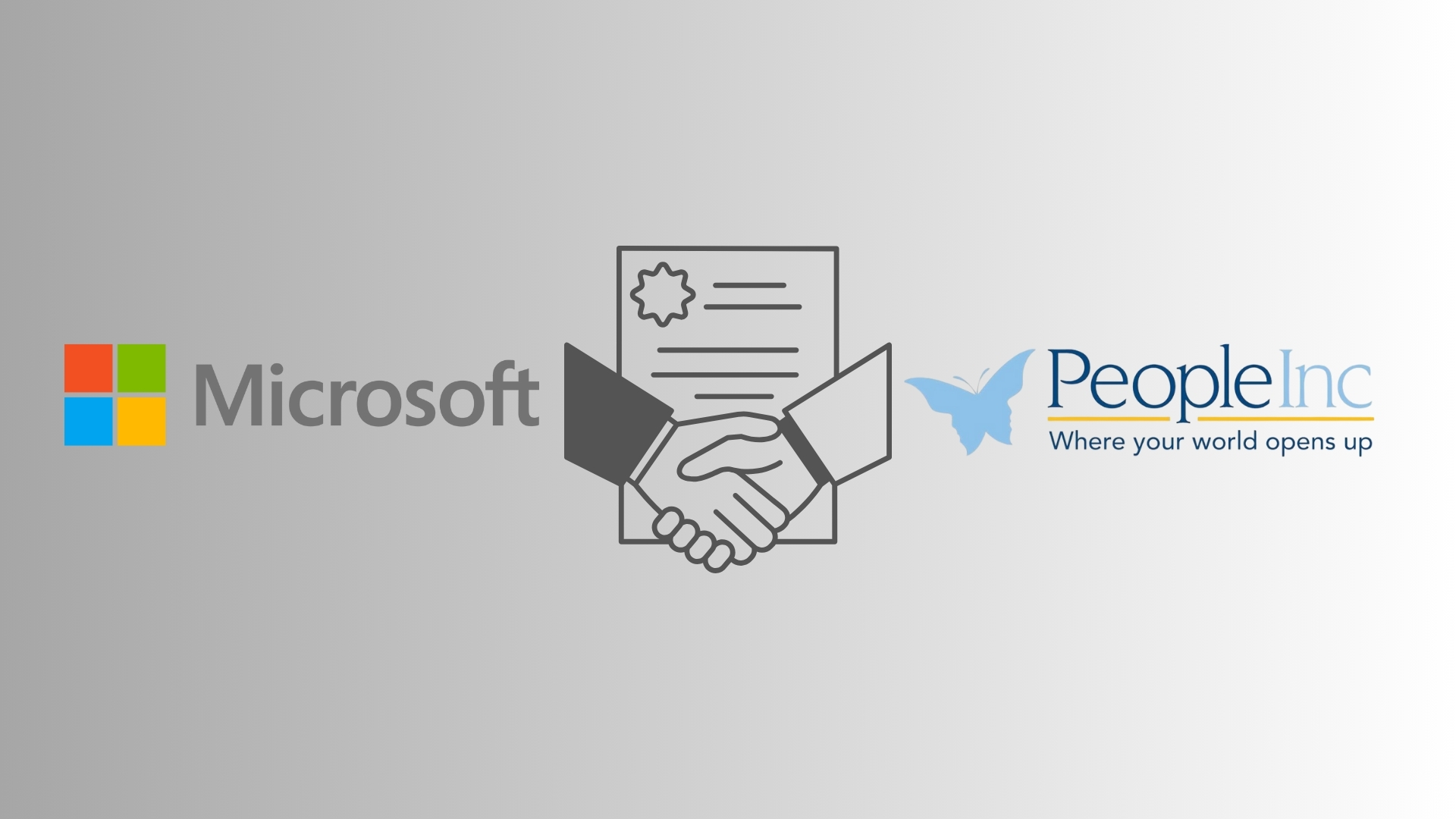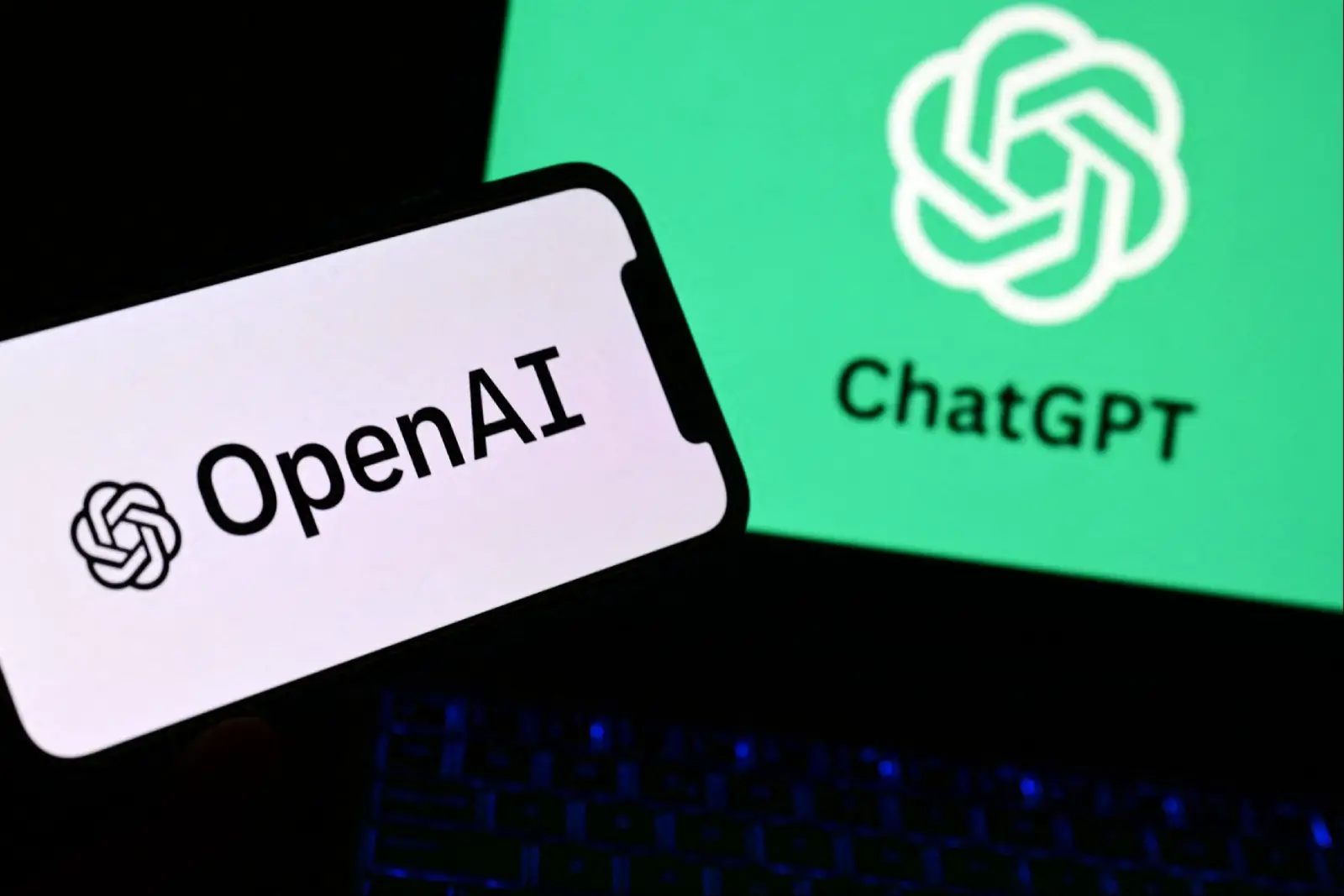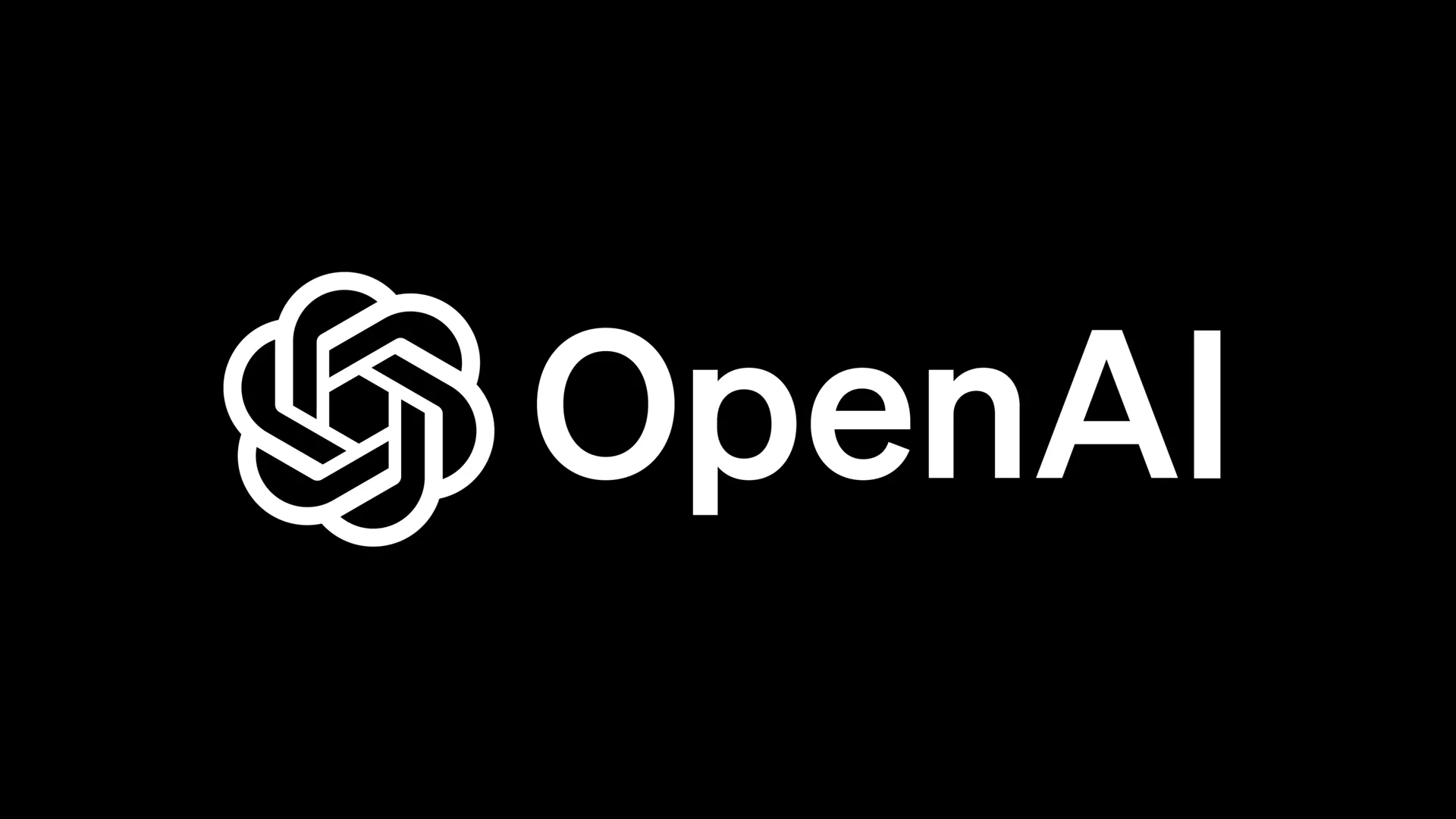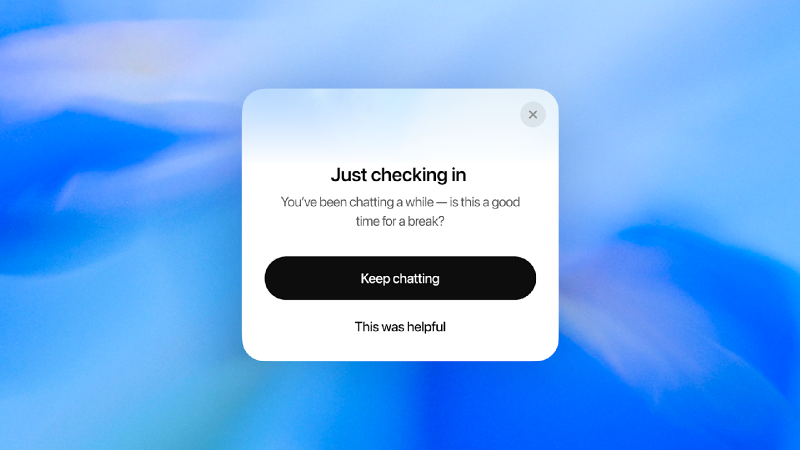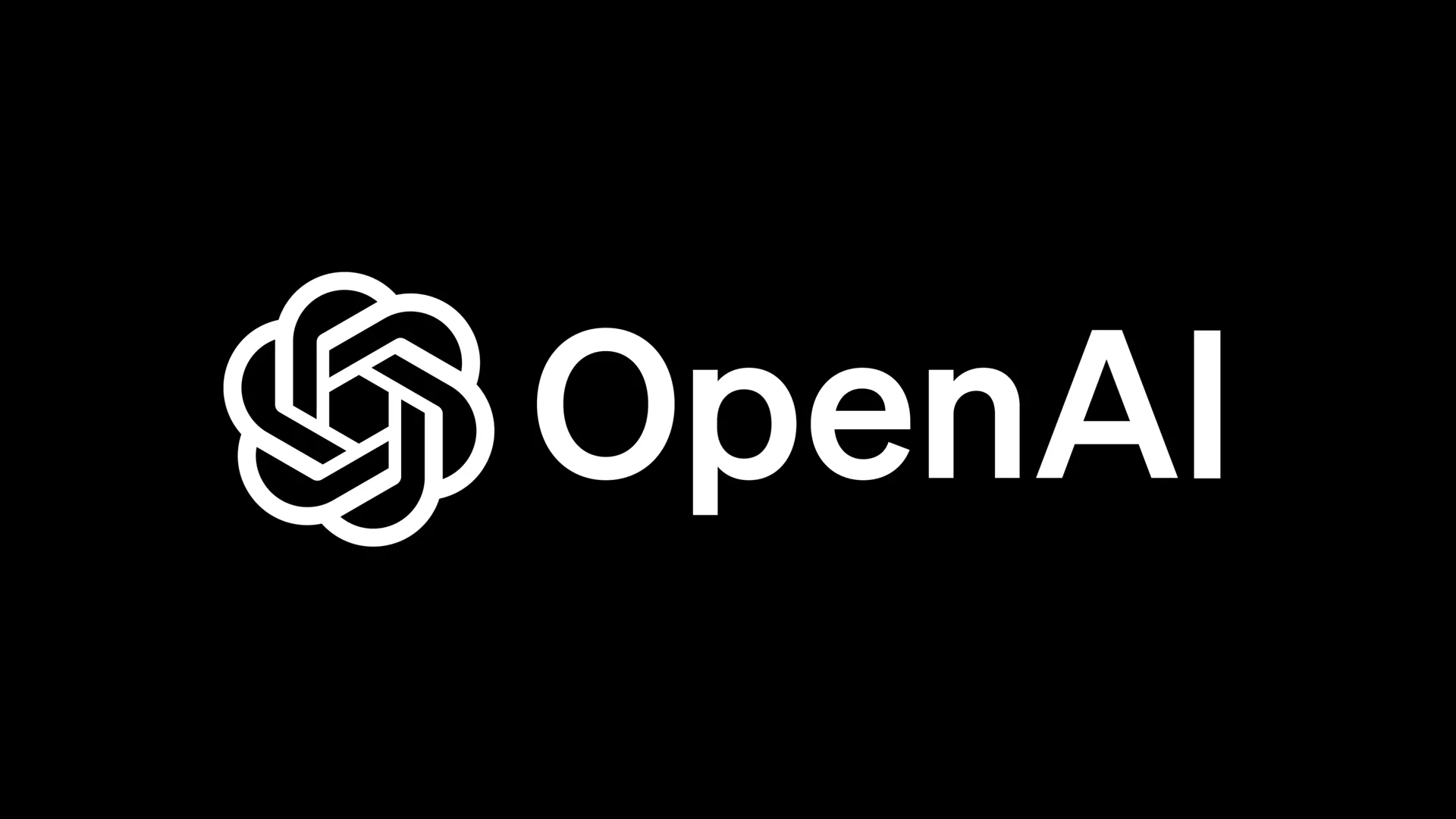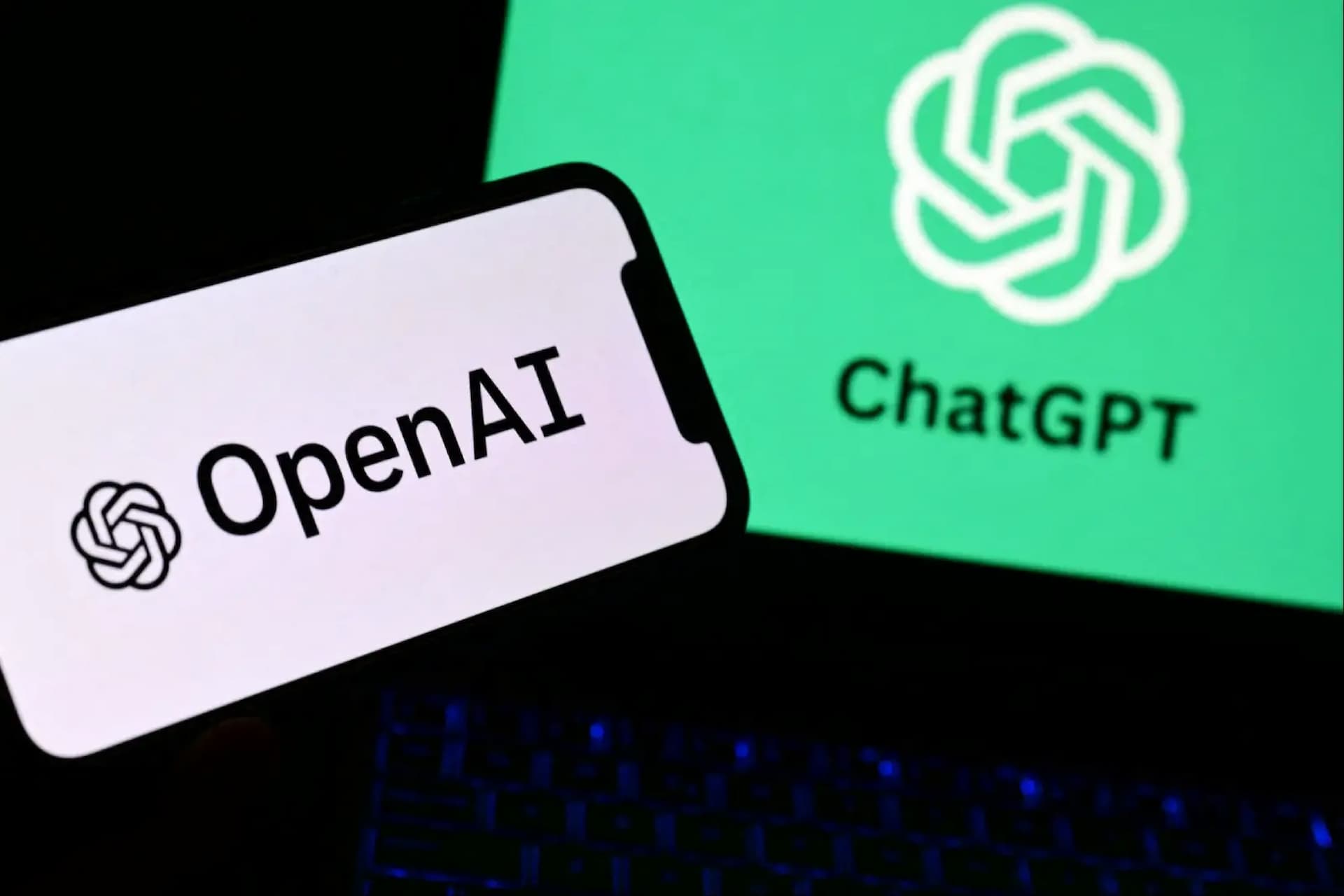People Inc. has joined Microsoft’s publisher content marketplace in a pay-per-use deal that compensates media for AI access. Copilot will be the first buyer, while People Inc. continues to block most AI crawlers via Cloudflare to force paid licensing.
People Inc., formerly Dotdash Meredith, said Microsoft’s marketplace lets AI firms pay ‘à la carte’ for specific content. The agreement differs from its earlier OpenAI pact, which the company described as more ‘all-you-can-eat’, but the priority remains ‘respected and paid for’ use.
Executives disclosed a sharp fall in Google search referrals: from 54% of traffic two years ago to 24% last quarter, citing AI Overviews. Leadership argues that crawler identification and paid access should become the norm as AI sits between publishers and audiences.
Blocking non-paying bots has ‘brought almost everyone to the table’, People Inc. said, signalling more licences to come. Such an approach by Microsoft is framed as a model for compensating rights-holders while enabling AI tools to use high-quality, authorised material.
IAC reported People Inc. digital revenue up 9% to $269m, with performance marketing and licensing up 38% and 24% respectively. The publisher also acquired Feedfeed, expanding its food vertical reach while pursuing additional AI content partnerships.
Would you like to learn more about AI, tech, and digital diplomacy? If so, ask our Diplo chatbot!

